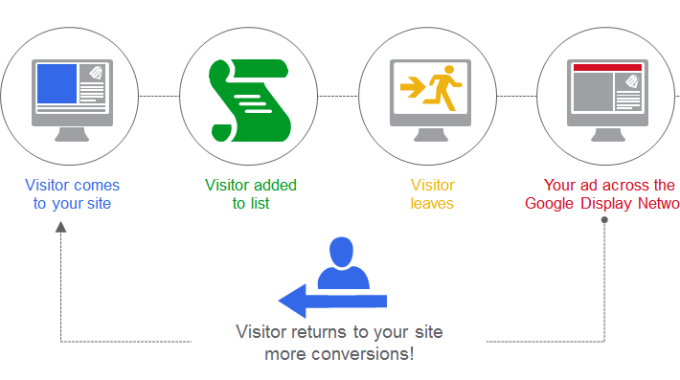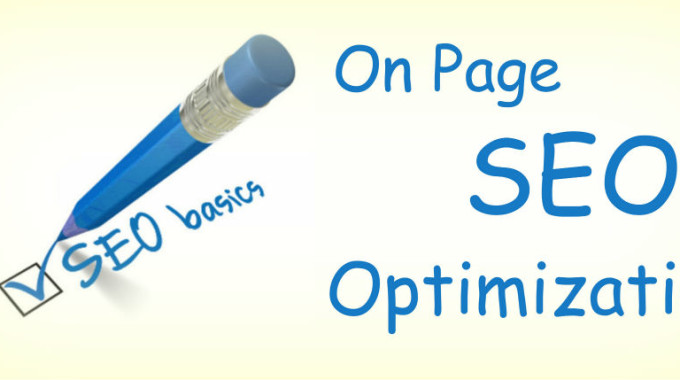Advertising has gone into many dead ends, with web users often developing banner blindness and totally ignoring ads or sending newsletters to the spam folder. Ecommerce cannot stay profitable without strategies meant to reach the vast majority of users who don’t convert into clients right away.
Remarketing or retargeting functions based on smart Javascript code, embedded in websites and invisible to users. Cookies now follow searchers all over the web, and ads are timely delivered to people who have previously visited a certain page. How does this help? Retargeting strategies can improve ROI because they reach audiences who have shown interest in your service/product or are familiar with your brand.
The major beneficiaries of retargeting
To illustrate how retargeting works at a very basic level, let us think of a web user who has visited a site selling weight loss supplements. She left the page without buying, but she will continue to see weight loss solutions ads wherever she goes on the web.
- Ecommerce companies are the first to enjoy the advantages of remarketing. Thanks to retargeting strategies, they bring back bounced traffic and counteract shopping cart abandonment. And with online shopping growing at an accelerated pace, the efforts to attract customers and build brand loyalty has never been higher.
- Events and entertainment companies use tracking cookies to increase merchandise and ticket sales.
- Recruiters reach out to qualified applicants by keeping their companies in front of job prospects. Retargeting thus enhances application completion rates.
- Schools and universities may increase enrollment and attract donations for their institutions.
The traps of retargeting
- Excessive retargeting ads. Companies often express concern about the negative impact that remarketing could have on their clients. And there is serious reason to worry about consumer reluctance. Many businesses have addressed this issue by setting a frequency cap to limit the number of ads that each user is served.
- Insufficient retargeting ads. While the risk to show too many ads is to annoy the user, there is a pitfall in not showing enough impressions too. It is important to keep your brand top of mind among users. This is possible by displaying 17-20 impressions per user every month. This means that former website visitors will see one of your ads every other day.
- Dull creatives. Neglecting the look of your ad banners could be a major problem. Retargeting will not work as expected if you don’t offer web searchers beautiful, meaningful ads. For instance, you cannot run the same set of ads for 5 months and expect sales to increase. You need to rotate ads and thus avoid performance dips.
Retargeting current customers could ruin the relationship with clients and lose them for the business. If the client has made the purchase, why pester her/him with the same banners? Instead you could use that space to teach them about the product or service benefits! Use new calls to actions for existing customers: a free product, a discount for a referral etc.
When we draw the line, we have to see it clearly that retargeting makes a difference for ecommerce SEO. However, the success of every remarketing campaign depends on a large number of factors, which could sink our ship if left to chance or neglected.




